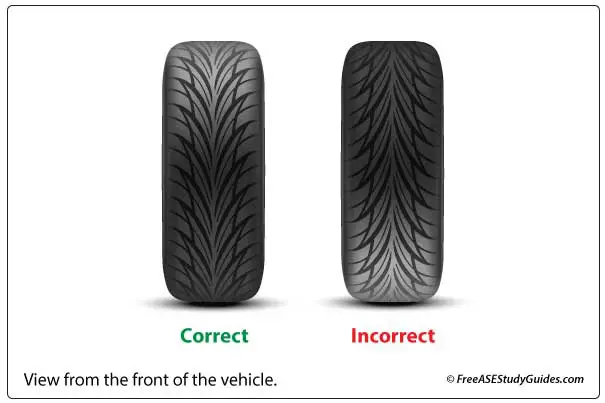ASE A4 Steering Suspension Practice Test
1. A technician uses a steel hammer to remove a loose tie rod end from an aluminum steering knuckle. Which of the following is correct?
- A. Care should be taken not to strike the threaded ball socket.
- B. Care should be taken not to strike the loose tie rod end.
- C. Use a puller, not a hammer, to remove the tie rod end from the steering knuckle.
- D. Use a puller to apply pressure while striking the steering knuckle with moderate force to remove the loose tie rod end.
2. Technician A says Electric Power Steering systems require inputs from the steering torque sensor and the vehicle speed sensor to operate the system's electric motor. Technician B says to use a scan tool to retrieve trouble codes from an EPS system. Who is correct?
- A. Technician A
- B. Technician B
- C. Both A and B
- D. Neither A or B
3. A growling sound is heard from the front of a vehicle that increases with speed and gets louder while turning left. Which of the following is causing this noise?
- A. A cupped left front tire tread.
- B. A cupped right front tire tread.
- C. A bad left front wheel bearing.
- D. A bad right front wheel bearing.
4. Which of the following is used to flush old dark-colored power steering fluid from a hydraulic power steering system?
- A. Solvent
- B. Brake cleaner
- C. Carburetor cleaner
- D. Power steering fluid
5. Which of the following is true about directional tires?
- A. Directional tires tend to hydroplane more than standard all-season tires do.
- B. Directional tires must not be rotated front to rear.
- C. Directional tires must be dismounted and remounted if rotated front to rear.
- D. Directional tires are designed to spin or rotate in only one direction.
